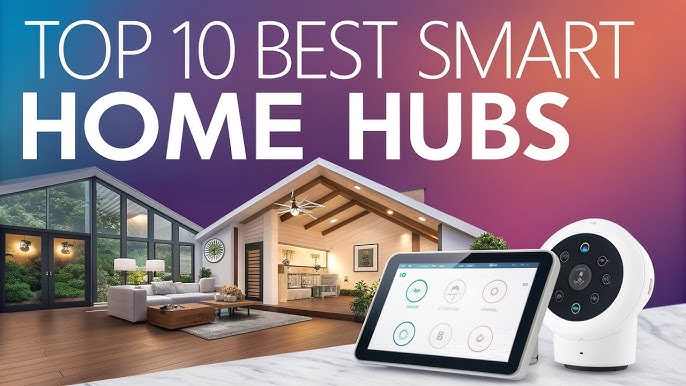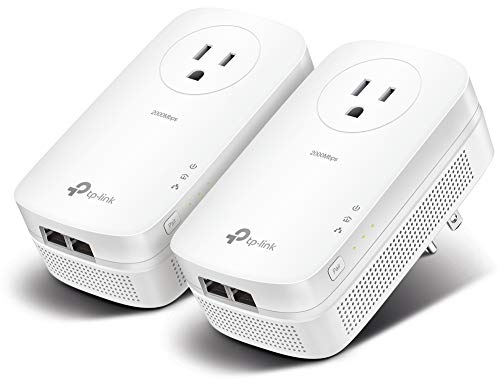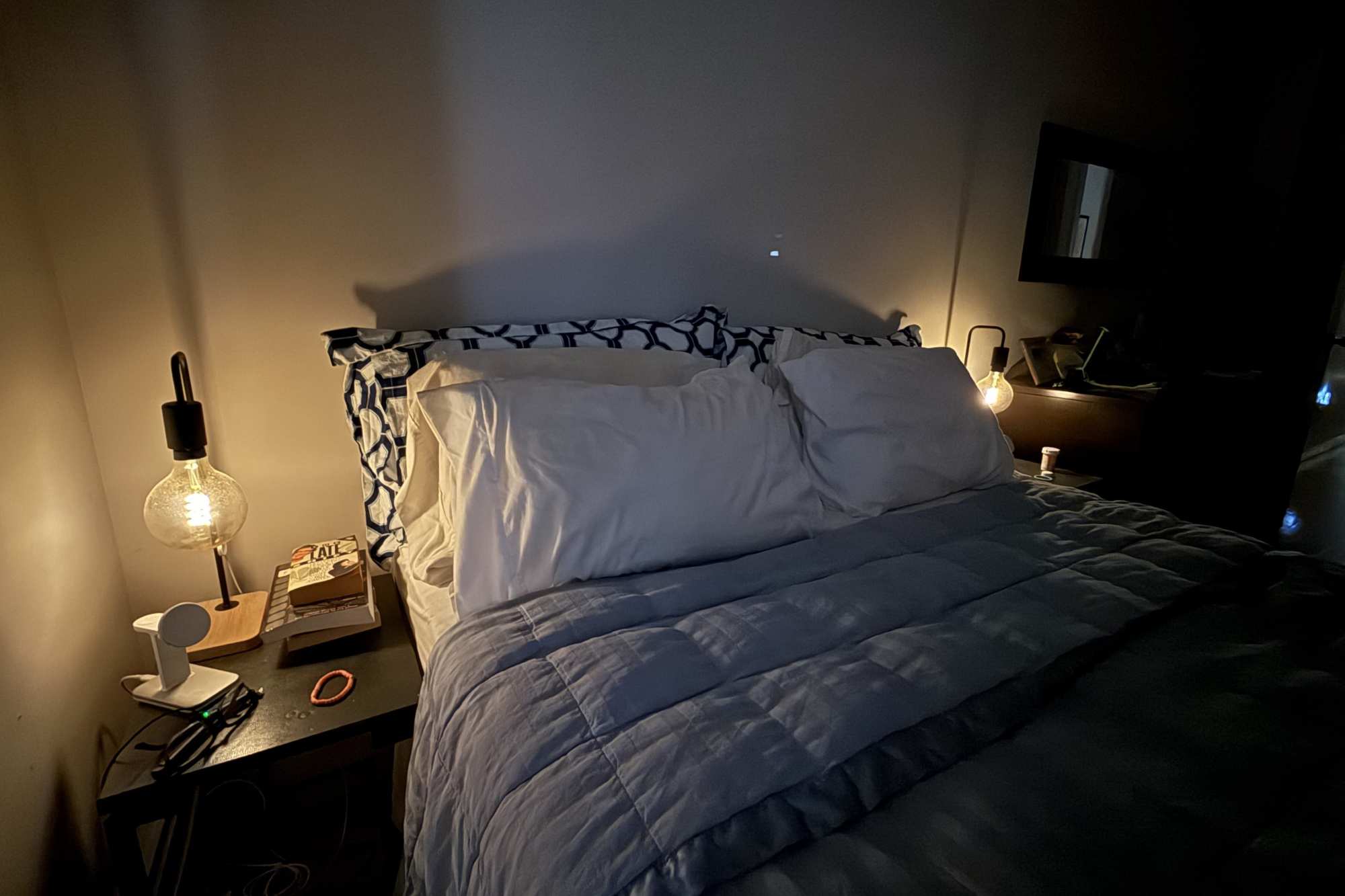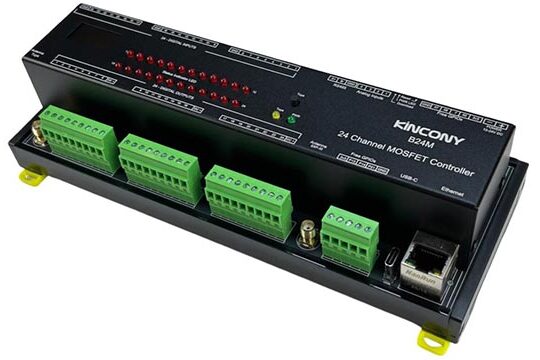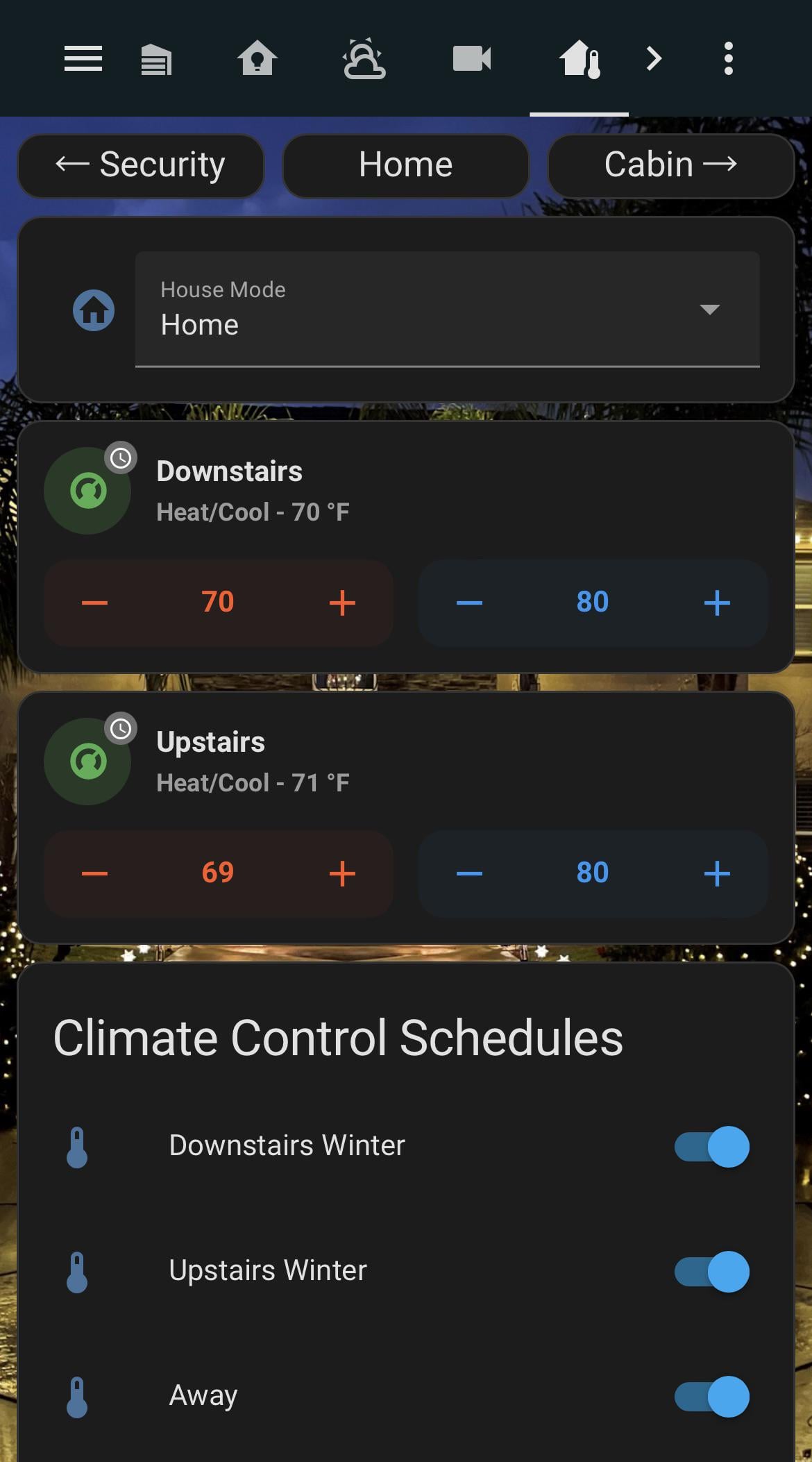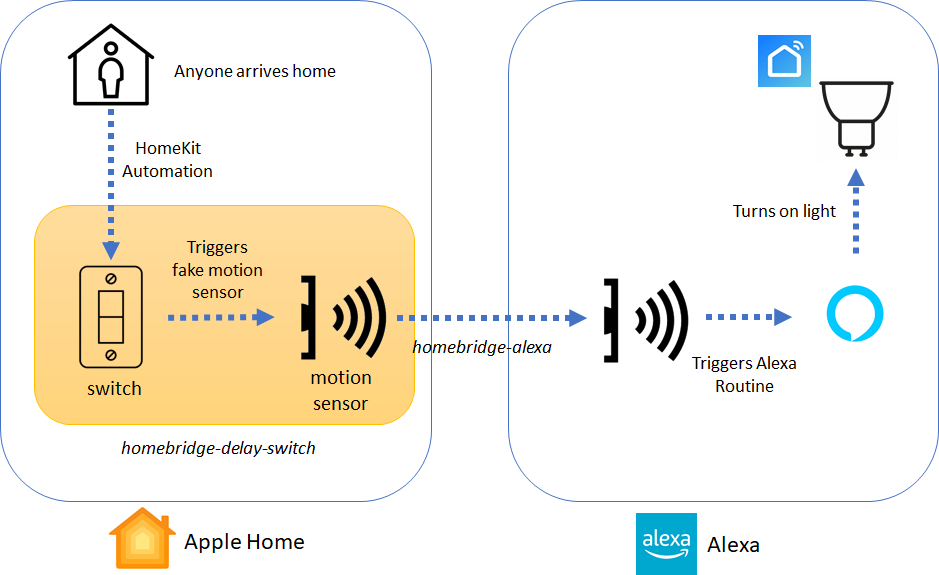Imagine controlling your lights, thermostat, security cameras, and even your coffee maker—all from one simple device. Sounds convenient, right?
Choosing the right home automation hub can turn this dream into reality. But with so many options out there, how do you know which one fits your needs best? This guide will help you make a smart choice, so your home works effortlessly for you.
Keep reading to discover the key factors that will transform your daily routine and bring true comfort to your living space.

Credit: eu.aqara.com
Benefits Of A Home Automation Hub
A home automation hub connects all your smart devices in one place. It helps you control lights, locks, cameras, and more easily.
Using a hub makes your home smarter and simpler to manage. It improves security, saves energy, and adds comfort.
Centralized Control
A home automation hub lets you control all devices from one app or voice command. You don’t need many apps or remotes.
This central control saves time and reduces confusion. You can manage your whole home easily, even when you are away.
Enhanced Security
Home hubs connect security devices like cameras, alarms, and sensors. You get alerts if something is wrong.
You can lock doors or turn on lights remotely to protect your home. The hub keeps your security system working together.
Energy Efficiency
A hub helps you save energy by controlling lights, heating, and cooling. It can turn devices off when not needed.
This reduces your energy bills and helps the environment. You can set schedules or use sensors for smart energy use.
Convenience And Comfort
Automation hubs create routines for daily comfort. For example, your lights can turn on at sunset automatically.
You can control your home with voice or phone. This makes life easier and your home more comfortable.
Types Of Home Automation Hubs
Home automation hubs control smart devices in your house. They connect different gadgets to work together.
Choosing the right hub depends on your needs and setup. Here are the main types of home automation hubs.
Standalone Hubs
Standalone hubs are dedicated devices for home automation. They support many smart devices and protocols.
These hubs often have their own app for easy control. They connect via Wi-Fi, Zigbee, or Z-Wave.
- Work independently from other devices
- Support multiple smart home brands
- Often offer advanced automation options
- Require setup and maintenance
Smart Speaker Hubs
Smart speakers like Amazon Echo or Google Nest can act as hubs. They combine voice control with device management.
These hubs are easy to use and set up. They support many popular smart home devices.
- Use voice commands for control
- Connect via Wi-Fi and Bluetooth
- Offer some automation features
- Best for simple smart home setups
Router-based Hubs
Some routers include home automation features. They act as hubs by connecting smart devices on the network.
This type lets you manage devices without extra hardware. It works well for basic automation tasks.
- Combine internet and smart home control
- Reduce the number of devices needed
- Limited support for some devices
- Usually less powerful than standalone hubs
Diy And Open-source Hubs
DIY and open-source hubs let users build custom systems. They offer great flexibility and control.
These hubs need technical skills to set up and maintain. They support many devices and integration options.
- Highly customizable and flexible
- Require programming or technical knowledge
- Support many protocols and devices
- Ideal for tech-savvy users
Key Features To Look For
Choosing a home automation hub is an important step for a smart home setup. The right hub helps control many devices easily.
Look for features that match your needs. This guide covers key points to consider before buying a hub.
Compatibility With Devices
A good hub works with many devices from different brands. It should support lights, locks, cameras, and sensors.
Check if the hub supports your existing devices. This avoids buying new gadgets just to work with the hub.
- Supports popular device brands
- Works with different smart home protocols
- Allows adding new devices easily
User Interface And App Experience
The hub should have a simple app or interface. You want to control your home without confusion or delays.
Look for apps that are easy to use on phones or tablets. Clear menus and quick responses improve your experience.
- Simple layout for all users
- Quick access to main controls
- Regular updates and bug fixes
Connectivity Options
Check the types of connections the hub supports. Good options help keep your devices linked without problems.
Many hubs use Wi-Fi, Bluetooth, Zigbee, or Z-Wave. Having more options means better coverage and fewer dropouts.
- Wi-Fi for easy internet access
- Zigbee and Z-Wave for low power devices
- Bluetooth for short-range control
Automation And Scheduling
Your hub should let you set up routines and schedules. This makes your home smarter and saves time.
Look for easy ways to create rules. For example, turn on lights at sunset or lock doors at bedtime automatically.
- Set timers for devices
- Create if-then rules
- Support for custom automation
Voice Assistant Integration
The hub should work with voice assistants like Alexa, Google Assistant, or Siri. This lets you use voice commands.
Voice control adds convenience. Make sure your hub supports the assistants you use at home.
- Supports popular voice assistants
- Simple setup for voice control
- Works with multiple assistants if needed

Credit: www.vesternet.com
Popular Home Automation Hub Brands
Home automation hubs connect smart devices in your home. They let you control lights, locks, and more from one place.
Choosing the right hub depends on what devices you have and how you want to control them.
Amazon Echo And Alexa
Amazon Echo uses Alexa to control smart home devices. It works with many brands and can play music or answer questions.
Echo devices come in different sizes and prices. You can use voice commands or the Alexa app to control your home.
Google Nest Hub
Google Nest Hub shows your smart home status on a screen. It uses Google Assistant for voice control.
The Nest Hub works well with Google services and many smart devices. It displays photos, weather, and videos too.
Samsung Smartthings
Samsung SmartThings connects many smart devices in one app. It supports lights, locks, sensors, and cameras.
The hub offers automation rules to control devices automatically. It works with Zigbee and Z-Wave devices for broad compatibility.
- Supports many device brands
- Works with Zigbee and Z-Wave
- Easy app control
- Automation options available
Apple Homekit
Apple HomeKit connects smart devices with iPhone and iPad. It uses the Home app to manage devices and scenes.
HomeKit works well with Siri voice control. It focuses on privacy and security for your smart home.
Hubitat Elevation
Hubitat Elevation is a local home automation hub. It processes commands locally for faster response and more privacy.
This hub supports many protocols like Zigbee and Z-Wave. It is good for users who want advanced automation control.
Setting Up Your Home Automation Hub
Setting up a home automation hub helps you control many devices from one place. It makes your home smarter and easier to manage.
This guide explains how to install the hub, connect devices, create automation rules, and fix common issues.
Initial Installation Steps
Start by unboxing your hub and reading the instructions. Plug it into power and connect it to your Wi-Fi network.
Use the hub’s app or web interface to complete the setup. Create an account if needed and follow the setup wizard.
- Place the hub in a central location
- Connect to a stable Wi-Fi network
- Download the hub’s app on your phone
- Follow the app’s setup guide
Connecting Devices
After setup, add your smart devices to the hub. This can be lights, locks, cameras, or sensors.
Use the app to search for new devices. Put devices in pairing mode to connect them easily.
- Open the hub app and select “Add Device”
- Put the device in pairing mode
- Wait for the device to appear in the app
- Follow prompts to finish connection
Creating Automation Rules
Automation rules let devices work together automatically. For example, lights can turn on when you arrive home.
Create rules by choosing a trigger and an action. Triggers start the rule, and actions are what happens next.
- Open the automation section in the app
- Select a trigger, like time or sensor
- Choose an action, like turning on a device
- Save the rule and test it
Troubleshooting Common Issues
If devices do not connect, check your Wi-Fi and power. Restart the hub and device if needed.
Look for app updates or firmware updates for your hub and devices. These can fix bugs and improve performance.
- Confirm devices are in range of the hub
- Restart devices and the hub
- Update app and device firmware
- Reset devices and try connecting again
Security Considerations
Choosing a home automation hub means thinking about safety. Your devices connect to the internet and share data.
Security helps keep your home and information safe from hackers and misuse.
Data Privacy
Data privacy means protecting your personal information. Your hub collects data about your habits and devices.
Check how the hub stores and uses your data. Choose one that does not share data without your permission.
- Look for clear privacy policies
- Find hubs that use data encryption
- Avoid hubs that sell your data
Network Security
Network security protects your home Wi-Fi from attacks. A weak network can let hackers control your devices.
Choose hubs that support strong Wi-Fi encryption like WPA3. Use strong passwords for your network and devices.
- Use routers with firewall features
- Separate smart devices on a guest network
- Disable unused network services
Firmware Updates
Firmware updates fix bugs and security flaws. Regular updates keep your hub safe from new threats.
Pick a hub that gets frequent updates and notifies you to install them quickly.
- Check the update frequency before buying
- Enable automatic updates if possible
- Install updates as soon as they are available
Access Controls
Access controls limit who can use your home hub. This stops unauthorized people from changing settings.
Look for hubs with multi-user support and strong password options. Two-factor authentication adds extra security.
- Create unique user accounts for each family member
- Set different permission levels for users
- Use two-factor authentication if available
Future Trends In Home Automation
Home automation is growing fast with new technology. Many smart devices now work together to make life easier.
Future trends will bring smarter homes that learn and adapt to your needs. These trends will shape how you use home automation hubs.
Ai And Machine Learning
AI helps home systems learn your habits and make smart choices. It can adjust lights, temperature, and security automatically.
Machine learning improves devices by studying your routines. Over time, your home becomes more personalized and efficient.
Interoperability Improvements
Devices from different brands will work better together. This will make it easier to add new products to your home system.
Improved interoperability means fewer compatibility problems. You can control all devices from one central hub.
Edge Computing
Edge computing processes data close to where it is created. This helps smart devices respond faster and work offline.
With edge computing, your home automation system can protect your privacy better. Data does not always need to be sent to the cloud.
Voice And Gesture Controls
Voice commands let you control devices without using your hands. This makes it easier to manage your home when busy.
Gesture controls are growing too. You can use simple hand movements to control lights or music without touching anything.
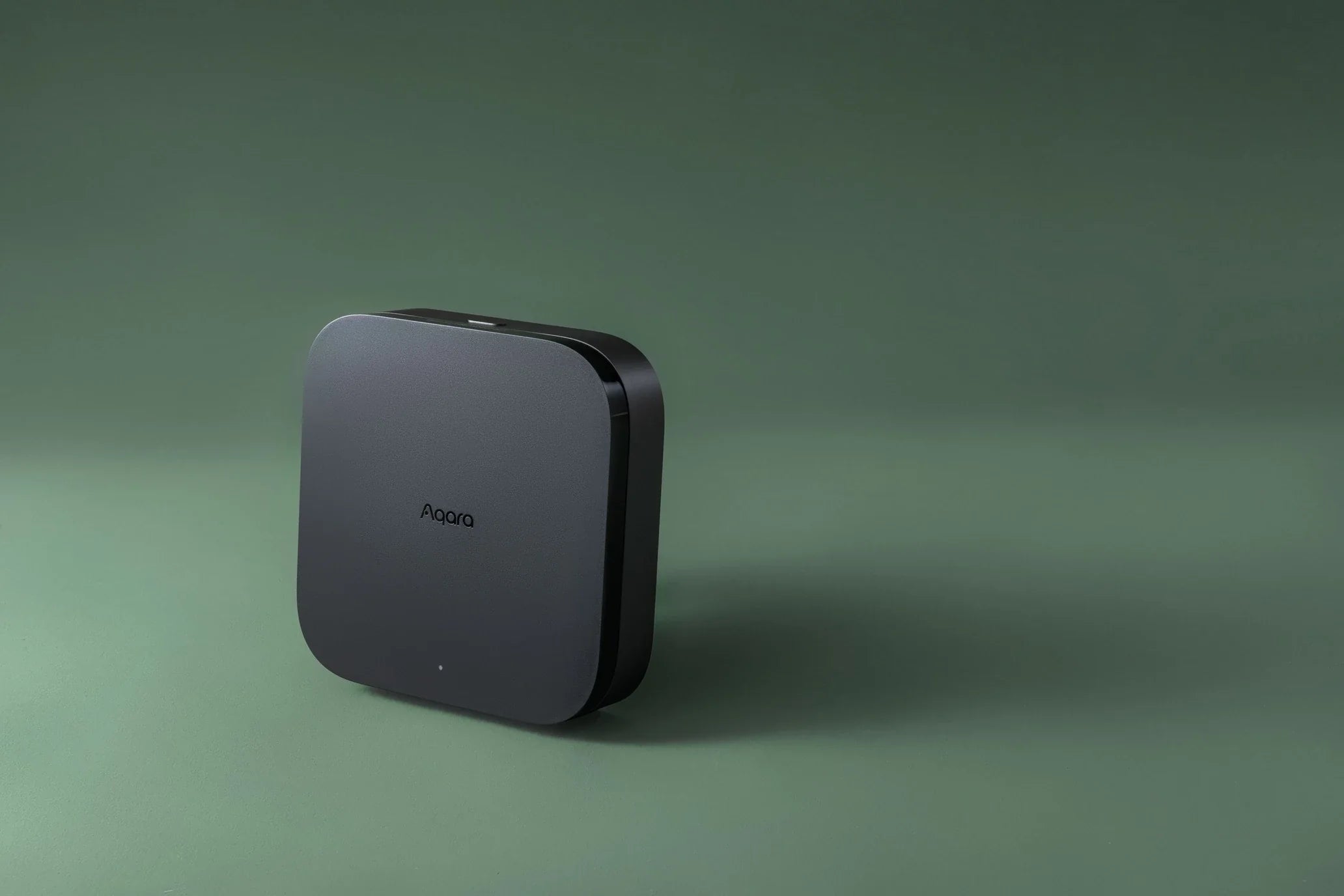
Credit: eu.aqara.com
Frequently Asked Questions
What Is A Home Automation Hub?
A home automation hub connects and controls smart devices in one system. It simplifies managing lights, thermostats, and security remotely from a single app.
How To Choose The Best Home Automation Hub?
Consider device compatibility, ease of use, and supported protocols. Also, check app features, integration options, and budget to find the best hub.
Can Home Automation Hubs Improve Home Security?
Yes, hubs can integrate cameras, alarms, and locks. They send real-time alerts and allow remote monitoring, enhancing home security effectively.
Are Home Automation Hubs Compatible With Voice Assistants?
Most hubs support popular voice assistants like Alexa, Google Assistant, and Siri. This enables voice control for a seamless smart home experience.
Conclusion
Choosing the right home automation hub is essential. It simplifies daily tasks. Evaluate your needs carefully. Compatibility with devices matters. Consider ease of use and setup. Ensure it fits your budget. Security features are crucial. A good hub enhances convenience.
It offers control at your fingertips. Research options and read reviews. User feedback provides real insights. Remember, a smart hub adapts to your lifestyle. Take your time. Make an informed decision. Enjoy a smarter, more efficient home.
21 min read

